“Official Shizuoka Railway Lines Map”
Actually, some small lines (for example, non-Shinkansen ones) are not illustrated, but it will give you a general idea!
There are many railway lines in Shizuoka Prefecture. They are certainly needed for a prefecture where the population is almost the same as New Zealand, so here is a guide that I sincerely hope will help foreign and Japanese visitors in Shizuoka!
———————————————-
JR CENTRAL JAPAN LINE: SHINKANSEN
JR CENTRAL JAPAN RAILWAY COMPANY ENGLISH WEBSITE
There are 6 Shinkansen/Bullet Train Stations in Shizuoka Prefecture, a record in Japan! Remember that The Nozomi Super Express never stops inside Shizuoka Prefecture and the Hikari Super Express only stops at some limited stations a few times in the day. All Kodama Shinkansen stop at every Shinkansen Station inside Shizuoka Prefecture:
(From Tokyo) Atami-Mishima-Shin Fuji (not to be confused with the separate Fuji Station!)-Shizuoka-Kakegawa-Hamamatsu.
———————————————-
JR TOKAIDO RAILWAY LINE
This is not a Shinkansen line, but a local train railway line crossing the whole prefecture. Bear in mind, there are very few trains running from Atami to Shinjobara non-stop as it is an almost 3-hour trip!
The Tokaido Main Line (東海道本線) is the busiest train line of the Japan Railways Group (JR Group), connecting Tokyo and Kobe stations. It is 589.5 km (366.3 mi) long, not counting its many freight feeder lines around the major cities. The high-speed Tokaido Bullet Train runs largely parallel to the line.
A holdover from pre-Shinkansen days: the term “Tokaido Main Line”. Now various portions of the line have different names which are officially used by JR East, JR Central, and JR West. Today, there are no passenger trains that operate over the entire length of the line (other than certain overnight services), so longer intercity trips require several transfers along the way.
(From Tokyo) Atami-Kannami-Mishima-Numazu-Katahama-Hara-Higashi Tago No Ura-Yoshiwara-Fuji (not to be confused with Shin Fuji!)-Fujikawa-Shin Kambara-Kambara-Yui-Okitsu-Shimizu (not to be confused with Shin Shimizu!)-Kusanagi-Higashi Shizuoka-Shizuoka-Abekawa-Mochimune-Yaizu-Nishi Yaizu-Fujieda-Rokugo-Shimada-Kanaya-Kikugawa-Kakegawa-Aino-Fukuroi-Iwata-Toyoda-Tenryugawa-Hamamatsu-Takatsuka-Maisaka-Bentenjima-Arai-Washizu-Shinjyobara.
Izu Peninsula includes two main routes
1) Atami City-Ito City-Shimoda City
Can be traveled via the Odoriko Train from Tokyo and Super View Odoriko Train from Ikebukuro/Shinjuku/Tokyo and via the Izu Kyuko Trains from Ito City.
Unfortunately, no Shinkansen service operates in this area.
IZU KYUKO LINE ONLINE
(From Atami) Atami-Ito (JR LINE)
(From Ito) Ito (Izu Kyuko Line)-Minami Ito-Kawana-Futo-Jogasaki Kaigan-Izu Kogen-Izu Okawa-Izu Hokkawa-Izu Atagawa-Katase Shirata-Izu Inatori-Iamaihama Kaigan-Kawazu-Inazusa-Rendaiji-Izukyu Shimoda
2) Mishima City-Shuzenji
A single line from Mishima City (next to Mishima JR Station) to Shuzenji.
Mishima-Mishima Hirokoji-Mishima Tamachi-Mishima Futsukamachi-Daiba-Izu Nitta-Baraki-Nirayama-Izu Nagaoka-Takyo-Ohito-Makinoko-Shuzenji
———————————————-
JR GOTEMBA LINE
This a non-Bullet Train line linking Kozu City in Kanagawa Prefecture to Numazu City in Shizuoka Prefecture. It crosses Shizuoka Prefecture from Numazu City to Suruga Oyama Station:
Numazu-Ooka-Shimo Togari-Nagaizumi Nameri-Susono-Iwanamai-Fujioka-Minami Gotemba-Gotemba-Ashigara-Suruga Oyama.
———————————————-
JR MINOBU LINE
This is a non-Shinkansen line linking Fuji City in Shizuoka Prefecture to Kofu City in Yamanashi Prefecture.
It crosses Shizuoka Prefecture from Fuji City to Inako in Fujinomiya City:
Fuji-Yunoki-Tatebori-Iriyamase-Fujine-Gendoji-Fujinomiya-Nishi Fujinomiya-Numakubo-Shibakawa-Inako
———————————————-
GAKUNAN RAILWAY LINE
The Gakunan Railway Line (岳南鉄道線) is a Japanese railway line between Yoshiwara and Gakunan-Enoo, all within the industrial area of Fuji in Shizuoka Prefecture. The line does not have any official name. This is the only railway line Gakunan Electric Train Co., Ltd. (岳南電車株式会社) operates. The operator company was established on April 1, 2013 as a subsidiary of the former operator Gakunan Railway (岳南鉄道), a subsidiary of Fuji Kyuko.
Yoshiwara-Jatco Mae-Yoshiwara Honcho-Hon Yoshiwara-Gakunan-Harada-Hina-Gakunan Fujioka-Sudo-Kamiya-Gakunan Enoo.
———————————————-
SHIZUOKA-SHIMIZU RAILWAY LINE (SHIZUTETSUDO)
SHIZUOKA-SHIMIZU RAILWAY LINE ENGLISH SITE
This is mainly a very practical commuter line between Shizuoka City, Aoi Ku and Shizuoka City, Shimizu Ku:
Shin Shizuoka (Cenova Department Store)-Hiyoshicho-Otowacho-Kasugacho-Yunoki-Naganuma-Furusho-Ken Sogo Undojo-Kenritsu Bijutsukan Mae-Kusanagai-Mikadodai-Kitsunegasaki-Sakurabashi-Irieoka-Shin Shimizu (the last one not to be confused with Shimizu JR Station!).
———————————————-
OIGAWA RAILWAY
The Oigawa Railway (大井川鐵道) is a railway company in Shizuoka Prefecture, Japan. The company is commonly known as Daitetsu (大鐵). The company belongs to Meitetsu Group. The first section of its lines opened in 1927.
There are two railway lines operated, Oigawa Main Line and Ikawa Line. Both lines primarily function as sightseeing lines. The former line is known for its steam locomotive trains, while the latter is the only rack railway line in Japan.
Kanaya (next to Kanaya JR Station)-Shin Kanaya-Daikancho-Higiri-Goka-Kamio-Fukuyo-Owada-Ieyama-Nukuri-Kawane Onsen Sasamado-Jina-Shiogo-Shimoizumi-Tanokuchi-Suruga Tokuyama-Aobe-Sakidaira-Senzu
———————————————-
OIGAWA RAILWAY IKAWA LINE
OIGAWA RAILWAY IKAWA LINE ONLINE
The Ikawa Line (井川線) of the Oigawa Railway is the only rack-and-pinion railway operating in Japan.
The line originates at Senzu Station in Kawanehon, Shizuoka, the end station of the Oigawa Main Line, and terminates at Ikawa Station in Aoi-ku, Shizuoka, Shizuoka Prefecture. The line has 61 tunnels and 51 bridges along its 25.5 kilometer length. It is the second trunk of the Oigawa Line leaving from Kanaya Station.
Senzu-Kawane Ryogoku-Sawama-Domoto-Kawane Koyama-Okuizumi-Abt Ichishiro-Nagashima Dam-Hiranda-Okuoikojo-Sessokyo Onsen-Omori-Kanzo-Ikawa
———————————————-
TENHAMA LINE
This is a truly touristic railway line that runs from Kakegawa JR Station to Shinjyohara JR Station. It includes 11 Meiji Era Stations registered as Cultural Assets!
Kakegawa-Kakegawa Shiyakusho Mae-Nishi Kakegawa-Sakuragi-Ikoi No Hiroba-Hosoya-Haranoya-Harada-Towata-Enshu Mori-Enden-Totomi Ichinomiya-Shikiji-Toyooka-Kaminobe-Tenryuu Futamata-Futamata Honmachi-Nishi Kajima-Gansuiji-Miyaguchi-Fruits Park-Miyakoda-Tokoha Daigaku mae-Kanasashi-Okaji-Kiga-Nishi Kiga-Sunza-Hamanako Sakume-Higashi Tsuzuki-Tsuzuki-Mikkabi-Oku Hamanako-Ona-Chibata-Oomori-Asumo Mae-Shinjohara.
———————————————-
ENSHU RAILWAY LINE
The Enshu Railway Line is a commuter line running north from Shin Hamamatsu, Naka Ward through Nishi Kajima, Tenryu Ward, all within Hamamatsu City.
(From Hamamatsu): Shin Hamamatsu (not to be confused with Hamamtsu Station)-Dai Ichi Dori-Enshu Byoin-Hachiman-Sukenobu-Hikuma-Kamijima-Jidosha Gakko Mae-Saginomiya-Sekishi-Enshu Nishigasaki-Enshu Komatsu-Hamakita-Misono Chuo Koen-Enshu Kobayashi-Enshu Shibamoto-Enshu Gansuiji-Nishi Kajima.
———————————————
JR IIDA LINE
The JR Iida Line (飯田線) is a Japanese railway line between Toyohashi Station in Toyohashi, Aichi Prefecture and Tatsuno Station in Tatsuno, Nagano Prefecture, operated by Central Japan Railway Company (JR Central). The line links eastern Aichi Prefecture and southern Nagano Prefecture through northwestern Shizuoka Prefecture. It goes through steep mountains as well as cities such as Iida and Ina. The line was originally four different private railway lines, the first of which opened in 1897. The line has an unusually high number of stations, some of which have since lost their nearby communities due to depopulation. Traveling the entire length of the 195.7 km line by local trains takes six hours.
Serviced (bear in mind that trains don’t stop everywhere! Check the stations on the JR IIDA LINE ONLINE!) stations inside Shizuoka Prefecture (South to North):
Izumma-Kamiichiba-Urakawa-Hayase-Shimokawai-Chubu Tenryuu-Sakuma-Aizuki-Shironishi-Mukaichiba-Misakubo-Ozore-Kowada.
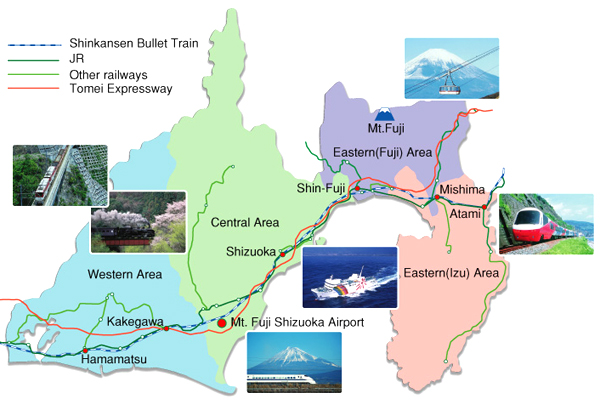

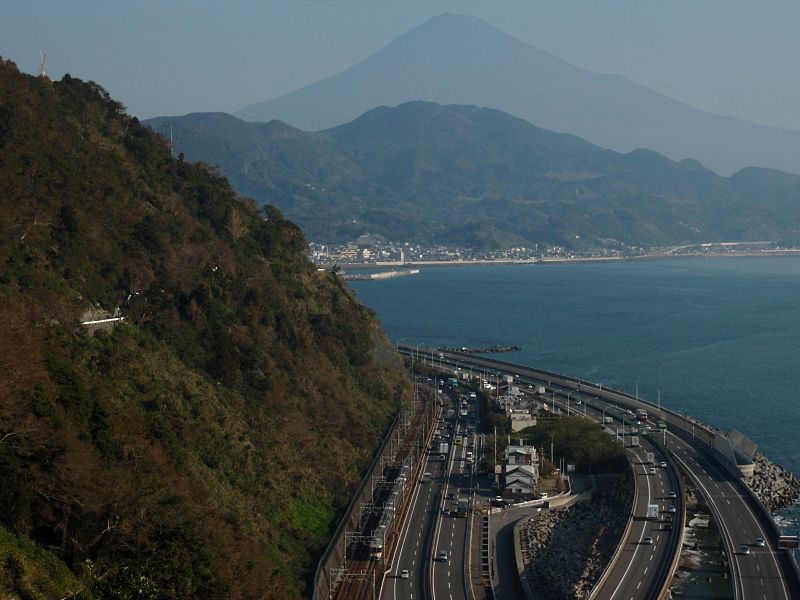
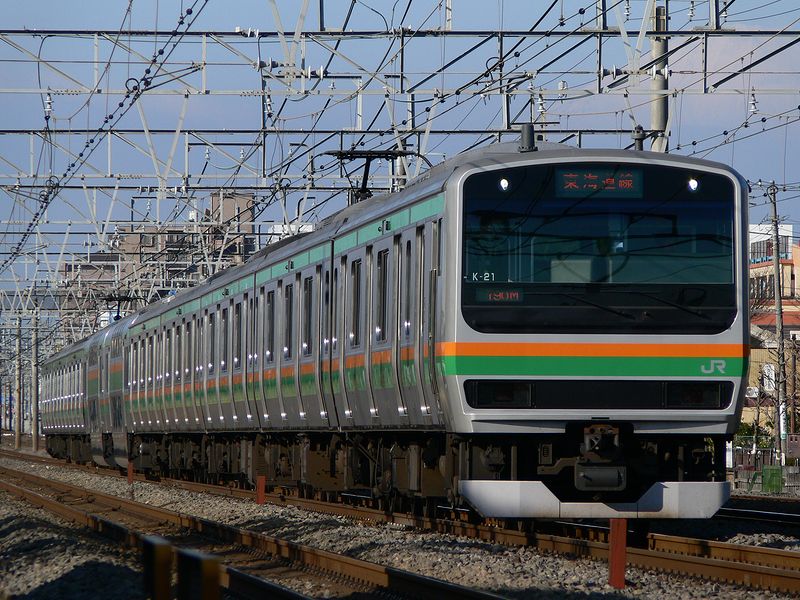
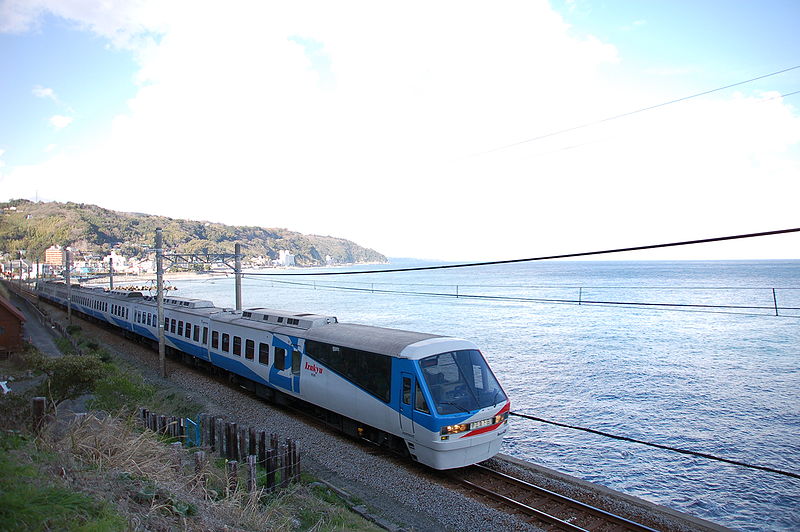
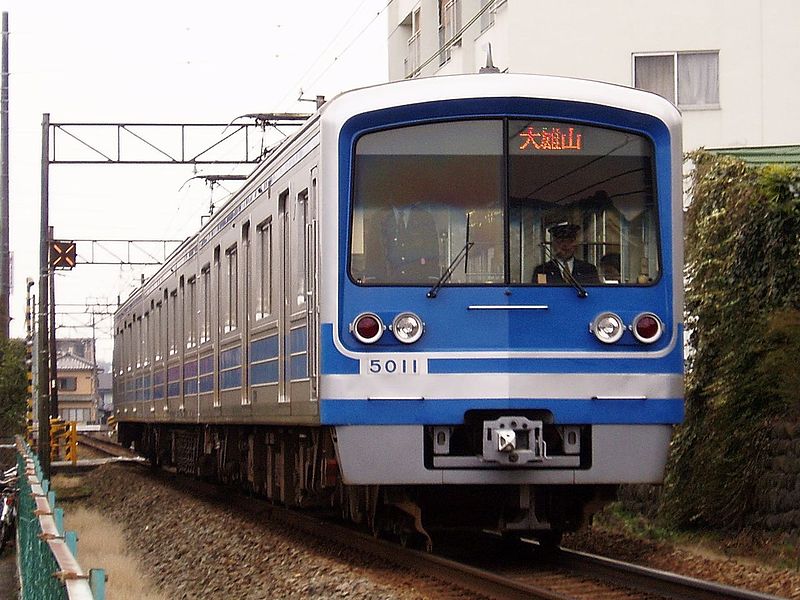
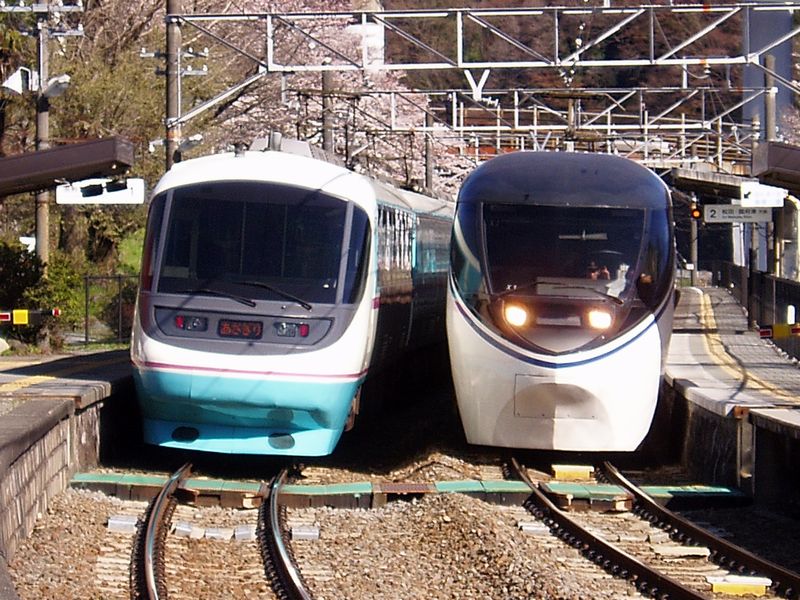
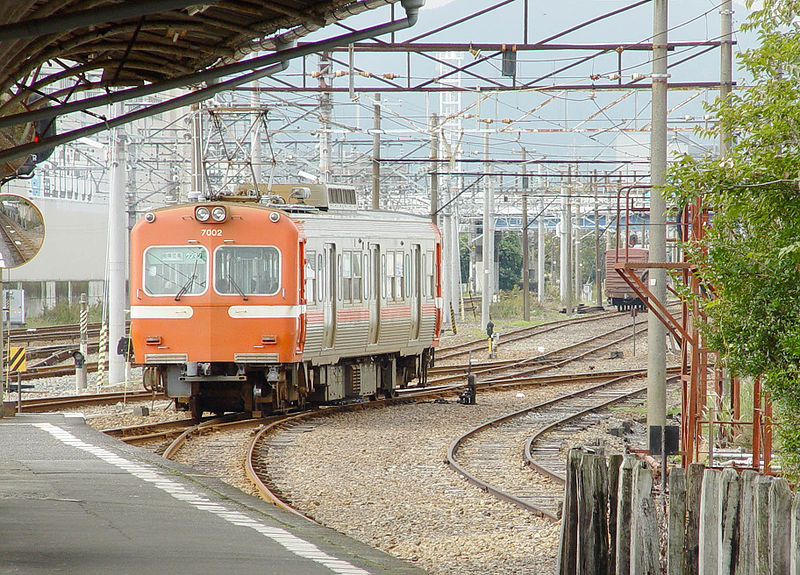
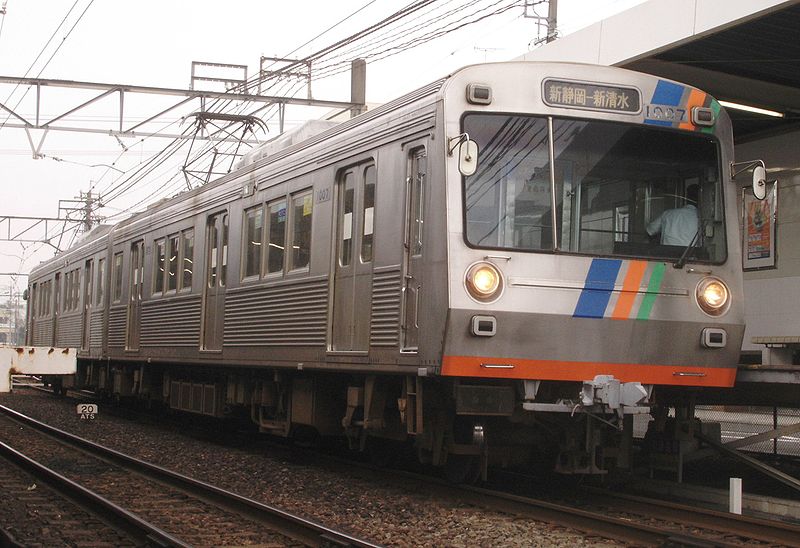
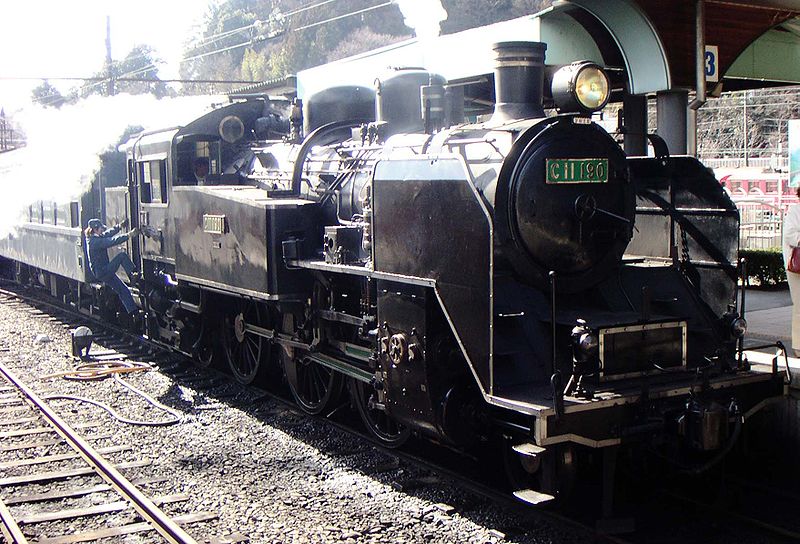
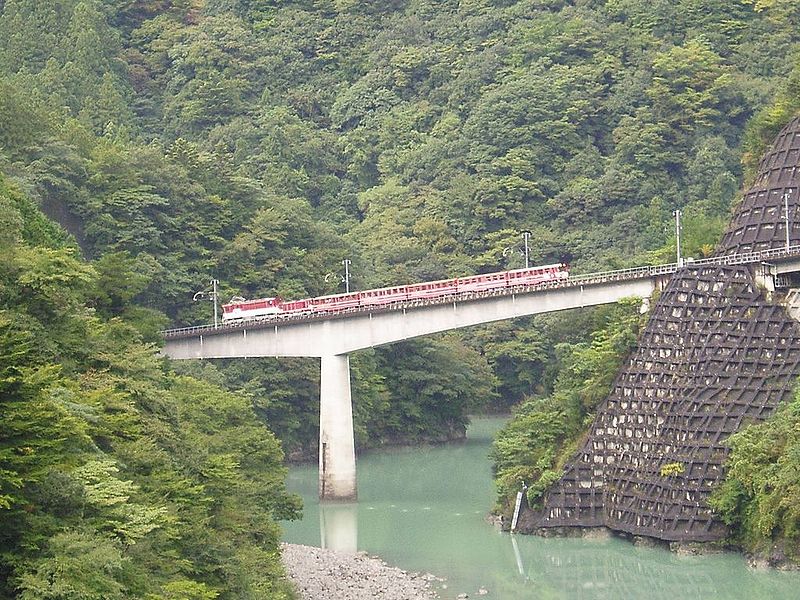
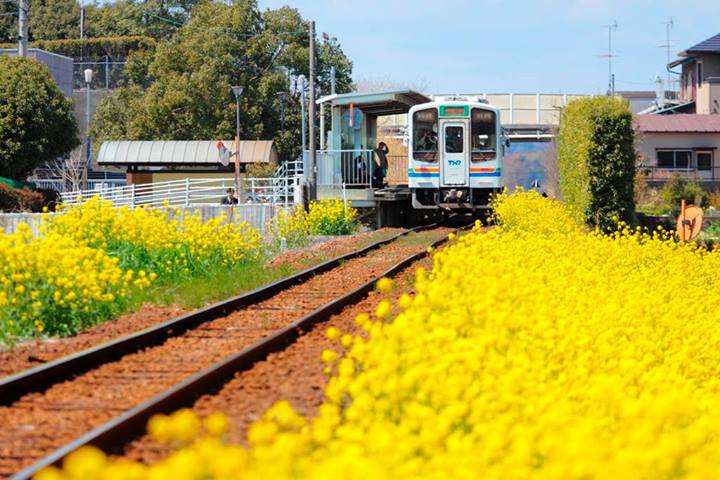
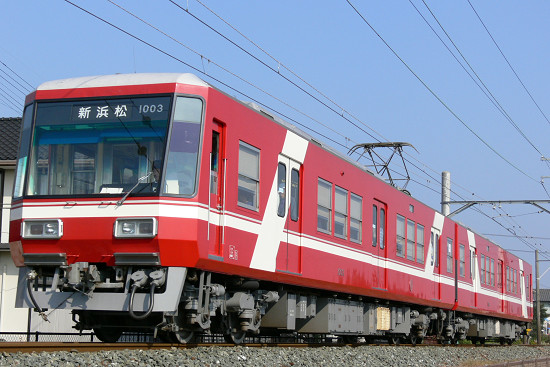
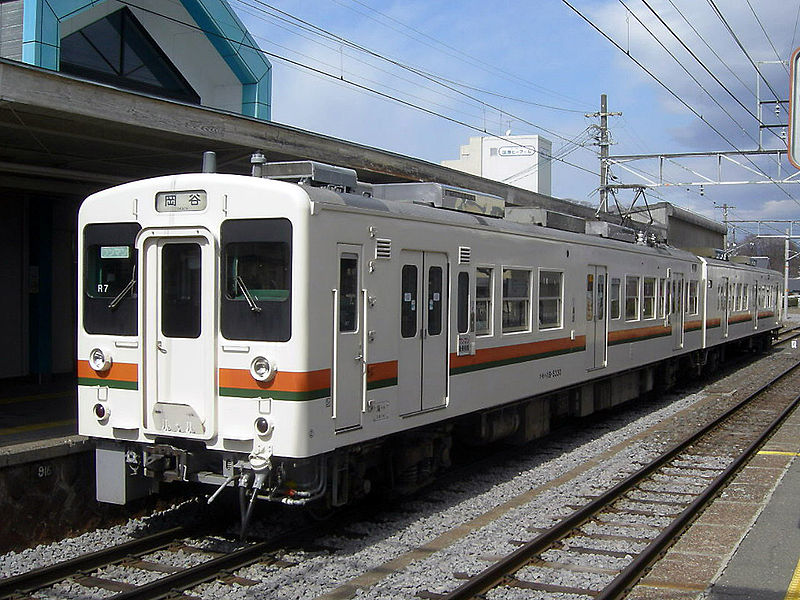
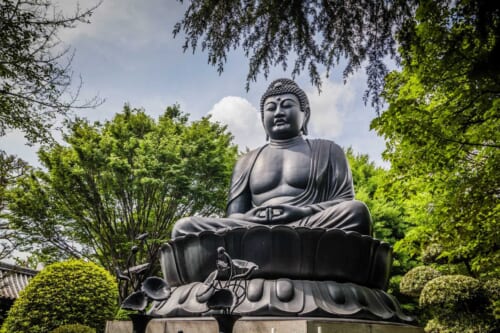
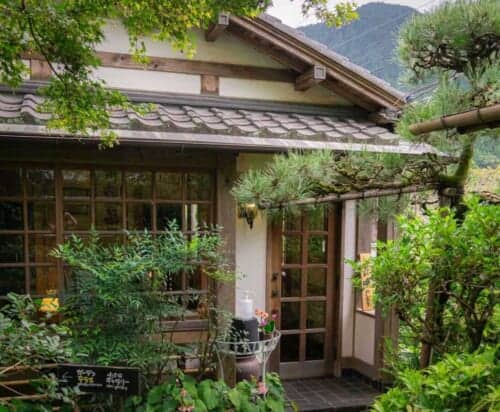
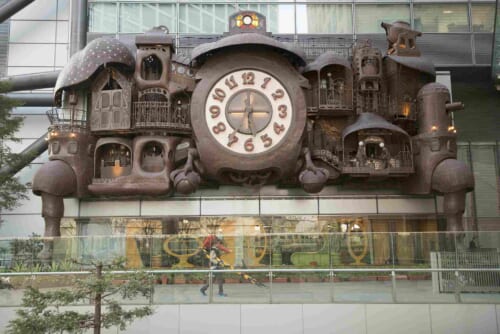
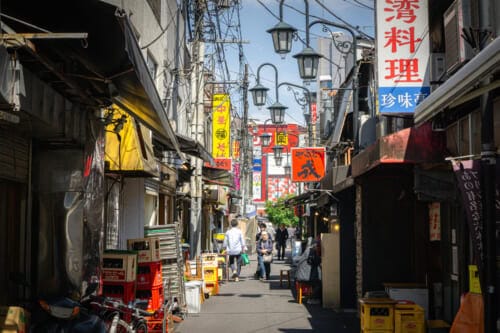
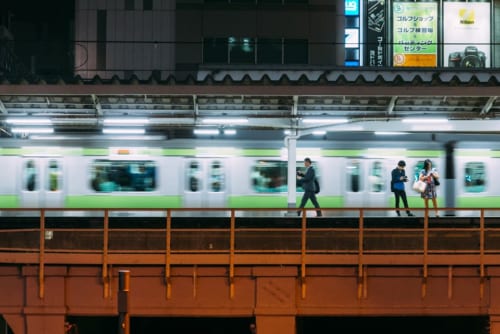


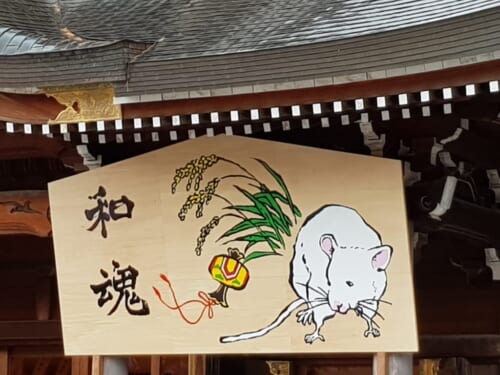


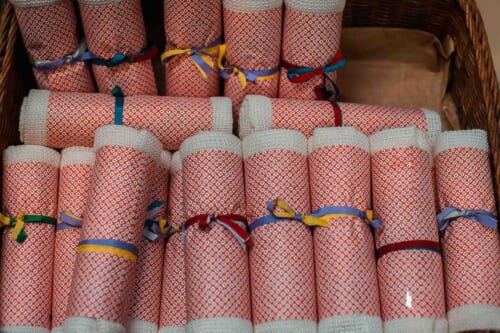


No Comments yet!